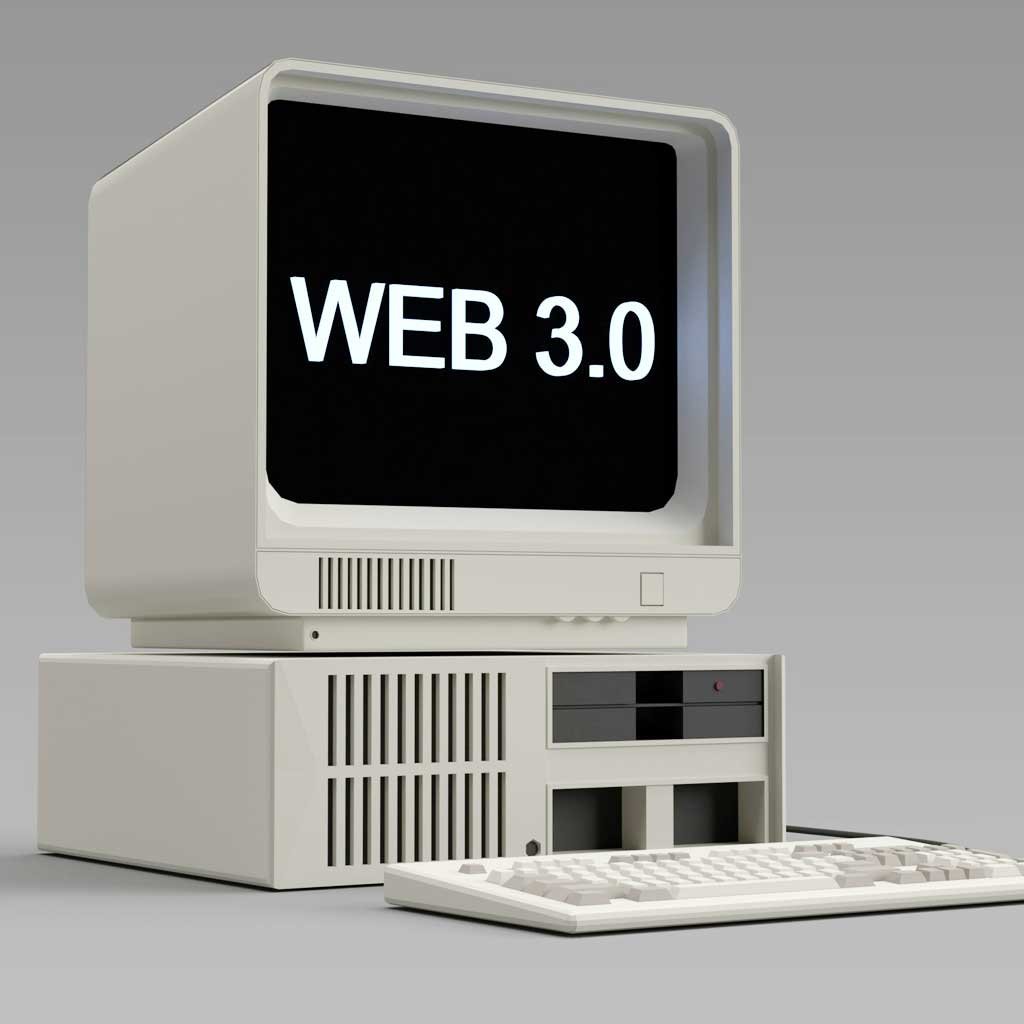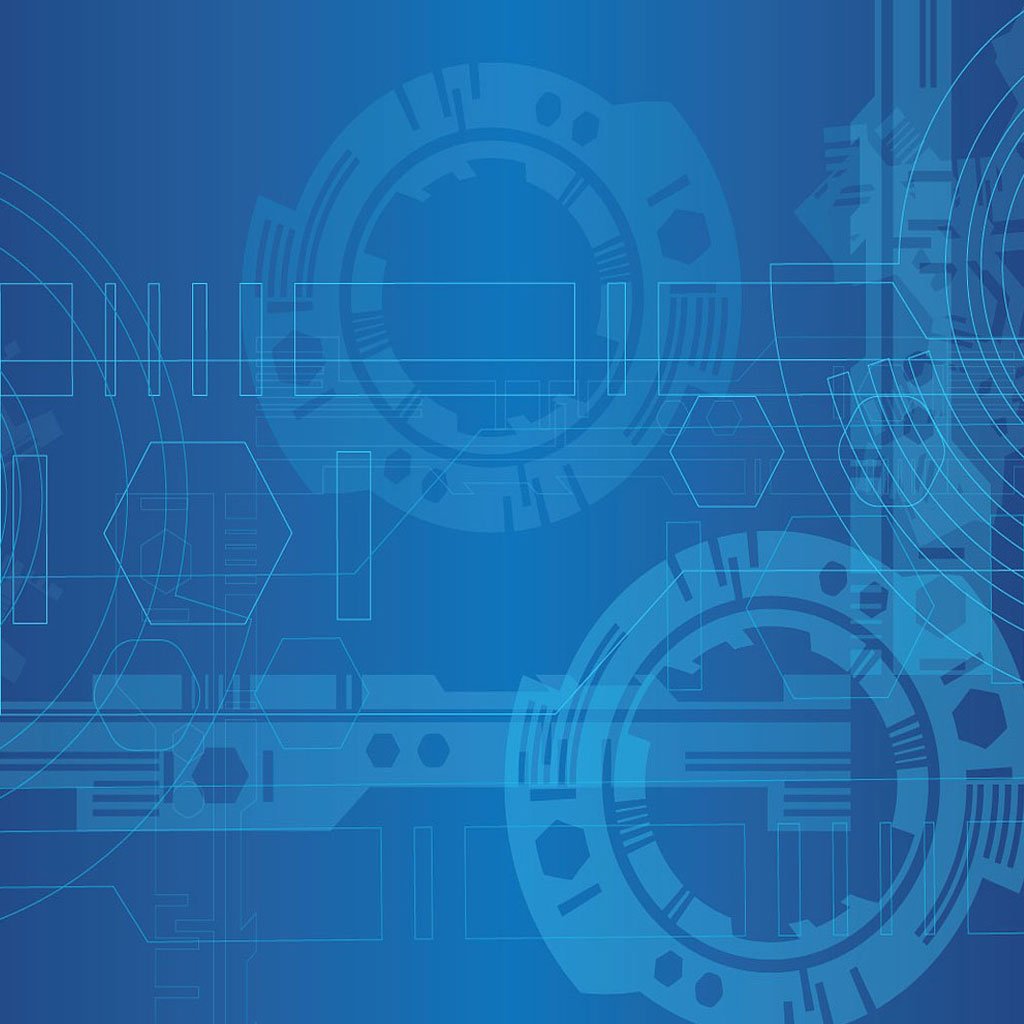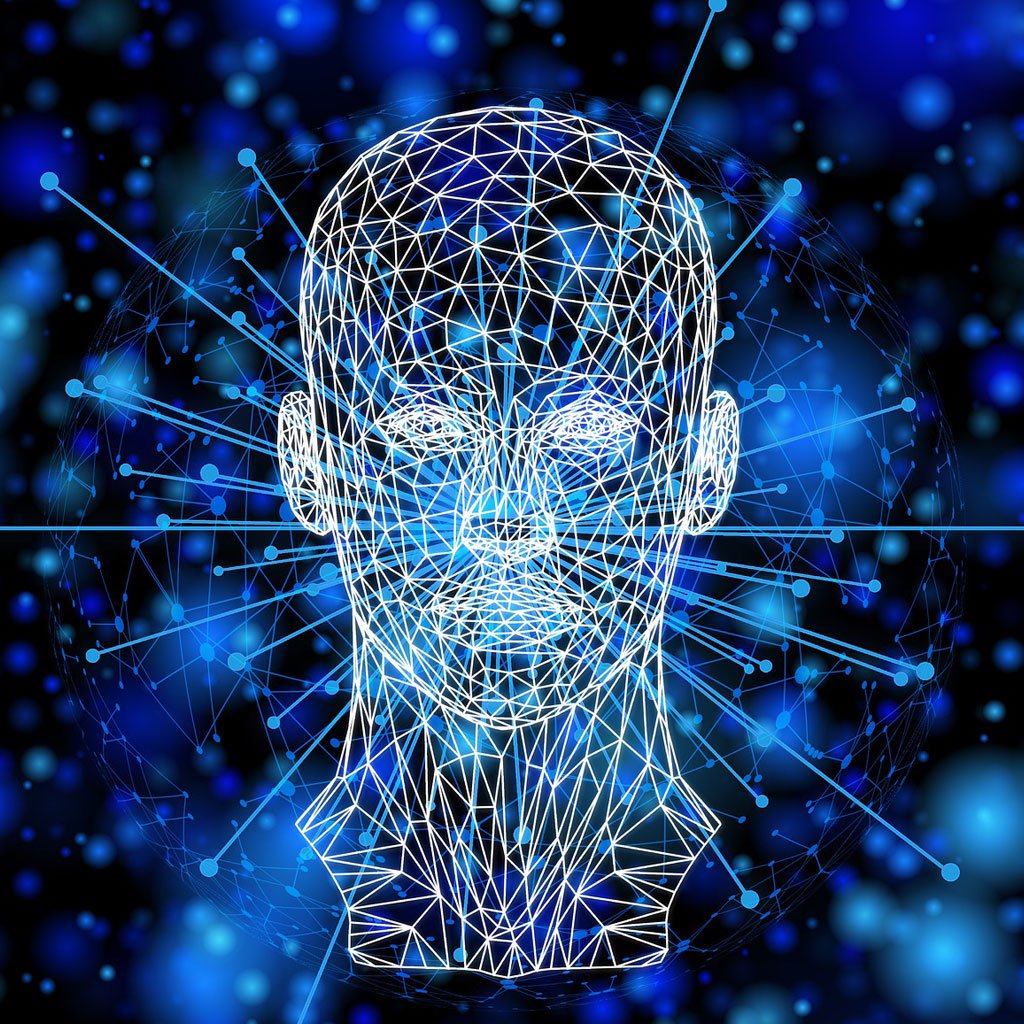
Evolving Towards Web 3.0: Addressing Privacy and Data Ownership Concerns
March 22, 2024 | Digital Techtune
In the digital age, where information flows ceaselessly, privacy and data ownership have emerged as critical concerns. As technology advances, so does the complexity of these issues. Web 2.0, characterized by user-generated content and social media dominance, brought about significant changes in how we interact with the internet. However, it also raised questions about privacy and data ownership. In contrast, Web 3.0 promises to address these concerns through decentralization, cryptography, and enhanced user control. This essay delves into the evolution from Web 2.0 to Web 3.0, examining how the latter tackles privacy and data ownership concerns.
Understanding Web 2.0:
Web 2.0 marked a paradigm shift in internet usage, characterized by dynamic web pages, user-generated content, and social media platforms. It facilitated greater interactivity, collaboration, and sharing among users. However, the centralized nature of Web 2.0 platforms led to issues regarding privacy and data ownership.
Centralized Platforms: Web 2.0 platforms like Facebook, Google, and Twitter amassed vast amounts of user data, often without transparent data practices. This centralization created single points of failure, making users vulnerable to data breaches and misuse.
Data Monetization: Companies leveraged user data for targeted advertising and other monetization strategies, often without explicit user consent. This commodification of personal data raised ethical concerns and eroded user privacy.
Limited User Control: Users had limited control over their data once shared on these platforms. Lack of transparency regarding data usage and difficulty in opting out further exacerbated privacy concerns.
Opaque Algorithms: Algorithms powering Web 2.0 platforms dictated content visibility and user experiences, but their opacity raised questions about fairness, bias, and manipulation.
Enter Web 3.0:
Web 3.0, often dubbed the decentralized web, represents the next phase of internet evolution. It aims to address the shortcomings of Web 2.0 by emphasizing decentralization, privacy, and user sovereignty. Key technologies driving Web 3.0 include blockchain, decentralized identifiers (DIDs), and cryptographic protocols like zero-knowledge proofs.
Decentralization: At the core of Web 3.0 is decentralization, which distributes data and processing across a network of nodes rather than relying on centralized servers. This eliminates single points of failure and reduces the risk of data breaches.
Blockchain Technology: Blockchain, a decentralized and immutable ledger, underpins many Web 3.0 applications. Its cryptographic principles ensure data integrity, transparency, and tamper resistance, enhancing trust in the system.
Self-Sovereign Identity (SSI): Web 3.0 promotes the concept of self-sovereign identity, where individuals have full control over their digital identities and personal data. Decentralized identifiers (DIDs) enable users to manage and share their identity across different applications without relying on intermediaries.
Privacy-Enhancing Technologies: Web 3.0 leverages advanced cryptographic techniques like zero-knowledge proofs and homomorphic encryption to enable privacy-preserving computations. These technologies allow for secure data sharing and interactions without revealing sensitive information.
Addressing Privacy Concerns:
Web 3.0 introduces several mechanisms to enhance user privacy and mitigate data-related risks:
Data Minimization: Unlike Web 2.0 platforms that hoard vast amounts of user data, Web 3.0 emphasizes data minimization principles. It only collects and retains essential data necessary for specific tasks, reducing the risk of privacy violations.
Encryption and Anonymity: Cryptographic protocols ensure end-to-end encryption and pseudonymity, safeguarding user communications and identities from unauthorized access and surveillance.
User-Centric Data Control: Web 3.0 empowers users with granular control over their data. Through decentralized identity systems and consent management tools, individuals can decide who accesses their data and for what purposes.
Transparent Data Practices: Transparency is paramount in Web 3.0 ecosystems. Distributed ledgers provide an immutable record of data transactions, enabling users to audit data usage and hold entities accountable for any misuse.
Interoperability and Portability: Web 3.0 promotes interoperability among diverse applications and platforms, allowing users to seamlessly move their data across different services while retaining control and privacy.
Enhancing Data Ownership:
In addition to privacy, Web 3.0 prioritizes data ownership and empowers users with greater sovereignty over their digital assets:
Tokenization of Assets: Blockchain enables the tokenization of digital assets, including data. Users can tokenize their data and retain ownership rights, facilitating monetization and fair compensation for its use.
Smart Contracts: Smart contracts, self-executing agreements coded on blockchain, automate data transactions while ensuring compliance with predefined rules. This enables users to establish clear terms for data sharing and monetization, enhancing ownership control.
Data Markets: Web 3.0 fosters the emergence of decentralized data markets where users can trade their data directly with interested parties. By cutting out intermediaries, users retain more significant control over data monetization and negotiate fair value for their assets.
Immutable Ownership Records: Blockchain’s immutable nature ensures transparent ownership records, preventing unauthorized modifications or disputes over data ownership. This instills confidence in users regarding the integrity of their digital assets.
Challenges and Considerations:
While Web 3.0 holds promise in addressing privacy and data ownership concerns, several challenges and considerations remain:
Usability: User experience and interface design play crucial roles in mainstream adoption of Web 3.0 technologies. Complex cryptographic concepts and decentralized workflows may deter non-technical users.
Scalability: Scalability remains a significant hurdle for blockchain-based solutions. As Web 3.0 applications scale to accommodate millions of users, they must ensure efficient transaction processing and network throughput.
Regulatory Landscape: Regulatory frameworks around data protection and digital assets vary globally. Web 3.0 projects must navigate these legal complexities while adhering to privacy regulations and consumer rights.
Interoperability: Achieving seamless interoperability among diverse Web 3.0 platforms and protocols is crucial for fostering a cohesive decentralized ecosystem. Standardization efforts and interoperability protocols can facilitate this integration.
Security: While blockchain offers robust security mechanisms, it is not immune to vulnerabilities. Web 3.0 projects must continuously innovate to address emerging threats and ensure the integrity of decentralized systems.
Web 3.0 represents a transformative evolution in internet architecture, prioritizing privacy, data ownership, and user empowerment. By leveraging decentralization, cryptography, and user-centric design principles, Web 3.0 addresses many of the shortcomings of its predecessor, Web 2.0. Through decentralized identity, privacy-enhancing technologies, and tokenization of assets, Web 3.0 empowers individuals with greater control over their digital lives. However, realizing the full potential of Web 3.0 requires overcoming technical, regulatory, and adoption challenges. Nevertheless, the vision of a decentralized, privacy-preserving internet offers a compelling path forward in addressing the complex interplay between technology, society, and individual rights in the digital age.

